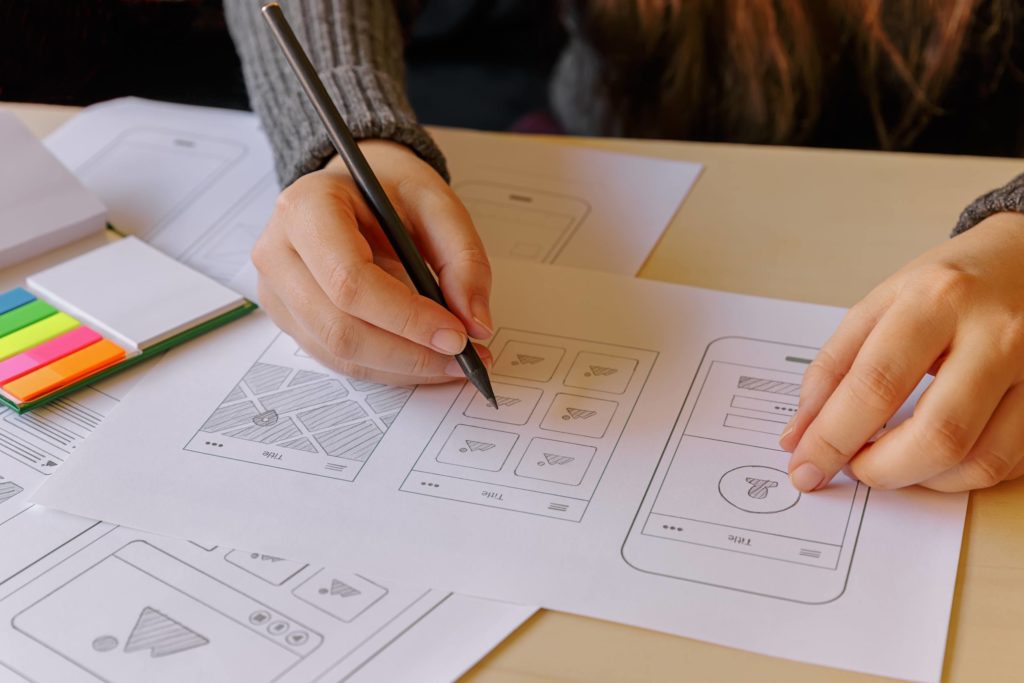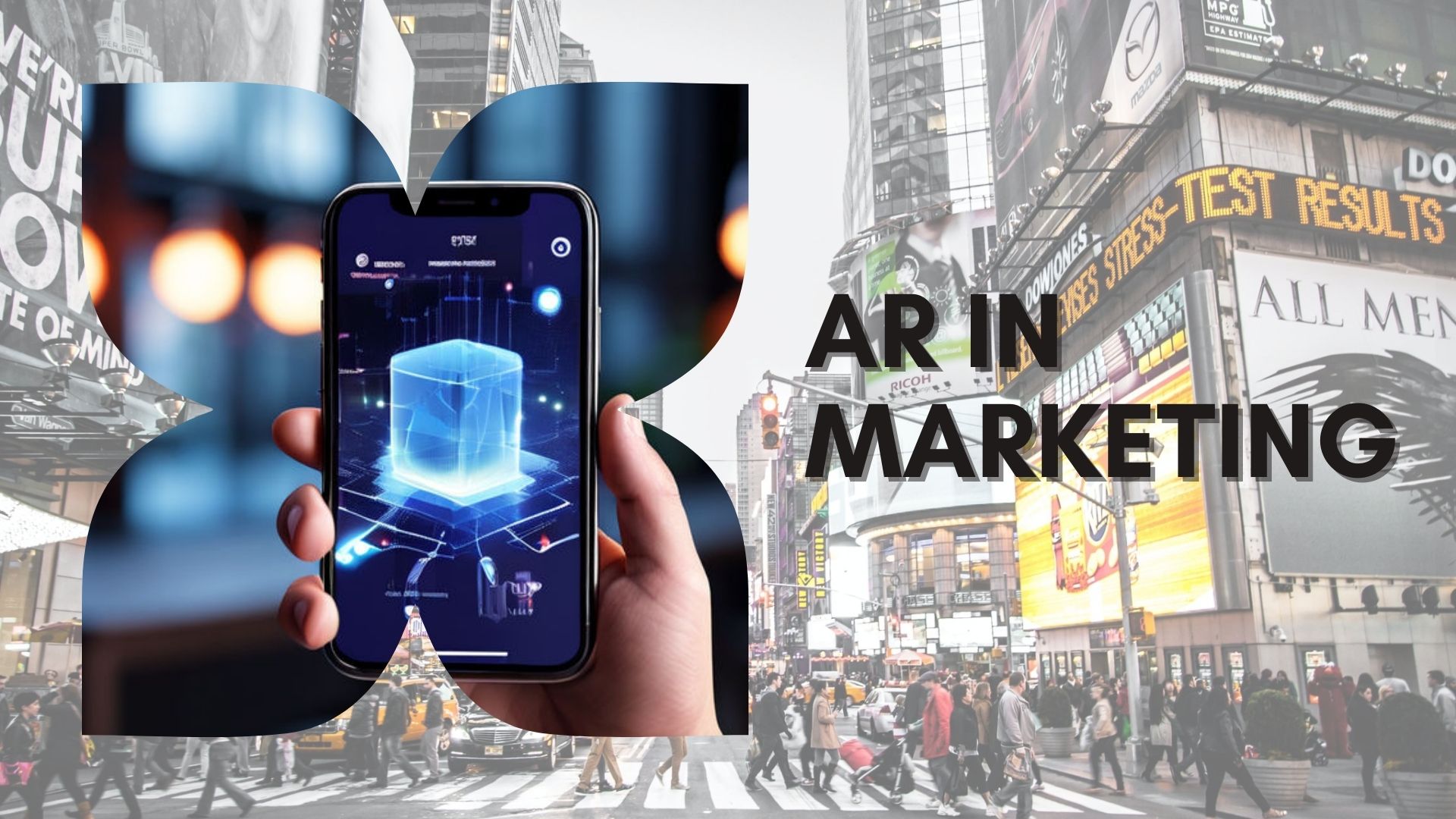
DAD strength is a real thing that we at Gravity Jack can attest to. While it’s not necessarily the kind of dad strength where your old man can still wrestle you to the ground at the age of 55 that leaves you thinking, “how is that even possible?” — although, that is a real thing — it has to be, right? In any case, we mean that any project that comes through the door, regardless of technology or scope will be ready to take on a heavy dose of real-world use after a comprehensive discovery, analysis, and design (DAD) phase is completed by our team.

As much as we love jumping into a project and getting our hands dirty with the actual development process. It would be a disservice to our clients, ourselves and the project if we didn’t first complete a discovery, analysis, and design phase — much like an actual dad skipping over the installation instructions from IKEA.
The DAD phase is literally and figuratively the creation of a detailed blueprint for any given project and it’s a service our team offers whether a project is just an idea or development has already started. Often, clients approach us and wonder if their idea for a project is even possible, and if so, what would the final product look like? Other times, clients may want something tangible that they can take to investors or their boss in order to get additional funding for the actual development of the project. In either of these scenarios, Gravity Jack can help get a project on the right track by documenting and outlining the best path for your project through a DAD phase. But what exactly does that entail?
Discovery
After we have a complete understanding of a project and what it is trying to achieve, our team of developers will huddle up to discuss the most effective and efficient way to reach those goals. Even if we dive into a project knowing full well that augmented reality (AR) is going to be the main technology used, we still want to spend time accounting for any factors that may be pushing technological boundaries and how to best overcome them. Our team will also explore the converse of that and discuss potential solutions that we believe will enhance the overall quality of the project.
During the discovery phase the technology, hardware, and preferred development platforms are all taken into consideration for the project. For example, if it is indeed an AR project we will need to discuss the complexities of the app and decide if we are better off developing separate applications natively for iOS and Android or determine if are we able to use an SDK such as Xamarin or Unity to help us build the application simultaneously on each operating system.
Once the development method is determined, we will factor in if the project will benefit from the integration of existing augmented reality SDKs such as ARKit, ARCore, or even our very own Adroit technology. With all of the technologies decided upon, it’s time to move on to the logistics of how the project is going to function cohesively as one flawless experience.
Analysis
Now that we have a complete understanding of the project and the technologies involved, our team analyzes exactly how these separate elements will work together to achieve the overarching project goals. For example, if the project is a mobile application that is location-based and needs to send push notifications to a user, we will want to analyze the best methods to get that notification to the user.
Let’s say the experience is nationwide, the app will need to request access to the phone’s location to work. On the other hand, if the experience takes place in a building we will want to explore the idea of using beacons to get the most accurate location. In either case, we will want to define how the app will deliver the best overall experience for the client and the user.
Another example is a virtual reality application that the client wants to be mirrored on a large TV monitor so that others at a conference can view the VR experience. It’s our job to then decide on the exact hardware that lends itself to being mirrored without a lag or downgraded graphics. Unfortunately for dads across the world, the hardware involved in this phase doesn’t involve a trip to the Home Depot. We then take these recommendations back to the client for their approval before we move on to the next step.

Design
Alright, a plan is in place, the tools have been selected, and now it’s time to write the blueprints for the project. It’s at this time we call our design team into the room and workshop potential branding (if needed), create user stories, come up with the UI/UX flow, and design the wireframes. This means all screens, buttons, actions, and everything in between will be documented and mapped out — from the moment the app launches all the way to the final screen. Eventually, all the work done up to this point leads into its final form, the design — where we apply the latest trends and appropriate styles to your project so that it really shines like a pair of your dad’s white New Balance sneakers.
Some projects will have just a couple of screens and action items while others are very complex with a large number of screens. Project designs for a more complex app might have wireframes that look like they are taking you on a quest to find a hidden treasure. However, if you look closely, every line tells an incredible story of how the application works from beginning to end — a story that would have Mark Twain wanting to turn “The Adventures of Huckleberry Finn” into a mobile application.
Speaking of great works of literature, those clients who want to do a preliminary DAD phase with Gravity Jack will receive a hardback book that features their future project. Inside, they will find several pages that are filled their branding elements, project description, and yes, even the wireframes. Equipped with this book, they have a professional document that they can take to their boss, investors, or even another developer if they want.
While yes, our passion is creating code for projects, we would never want to start without first completing a DAD phase. If you have an idea or a started project that you would like to discuss, our team would be more than happy to apply some of our DAD strength. Even if you don’t have an idea, but would love to learn more about our process please feel free to drop us a line. We would also love to hear your thoughts on actual dad strength and how they always manage to keep their white New Balance sneakers in mint condition.








